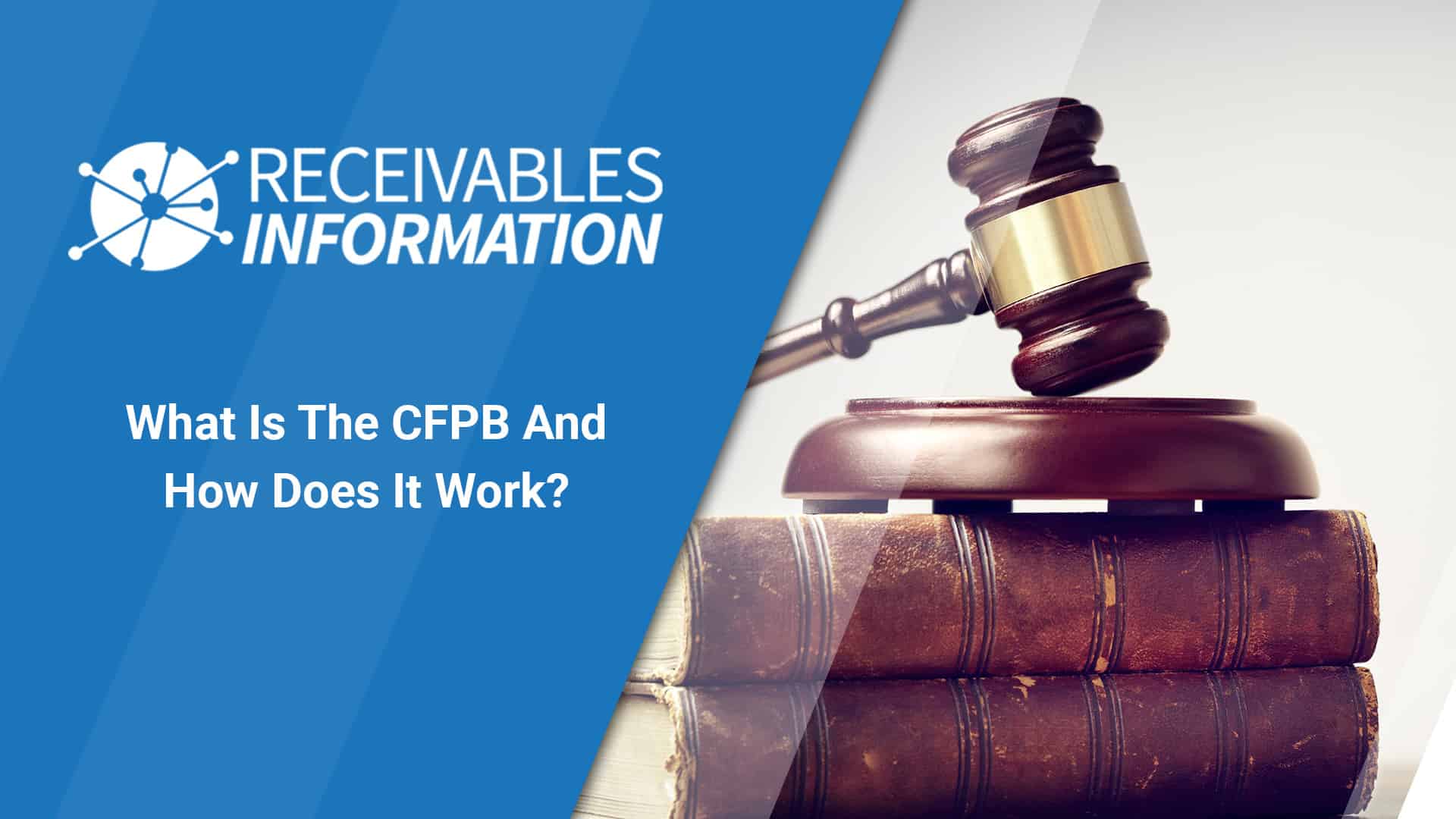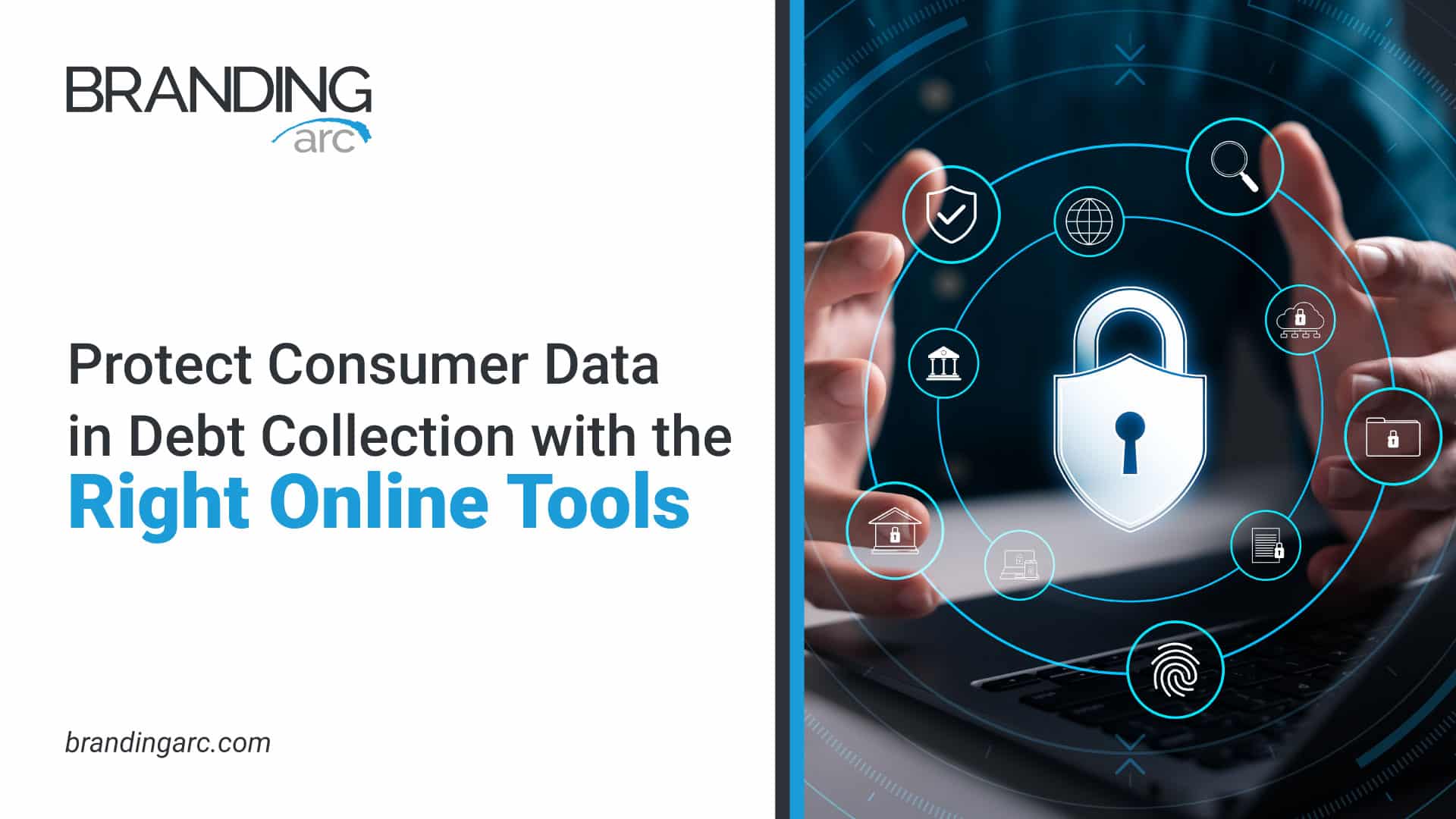
What Is The CFPB And How Does It Work?
The Consumer Financial Protection Bureau (CFPB) is one of the newest regulatory bodies in the U.S. As the name suggests, the CFPB was founded in 2011 with the intent of protecting U.S. consumers against another “Great Recession” event as seen between 2007 and 2009. But how does the CFPB operate and what does the Bureau actually do to implement change?
A Brief History
From a birds-eye view, the Great Recession began—at least in the views of the U.S. government—due to a negligent banking community intent on loaning money to those who did not either understand the loan and its interest or could not afford the loan in the first place. These unstable loans came to a head in the housing market and in 2007 the U.S. economy plunged into the worst financial crisis since the Great Depression in 1929.
In 2009, President Barack Obama set forth to address the failures in the market and form a new organization whose sole purpose was to “protect U.S. consumers.” At its core, the CFPB was designed to “protect families from unfair, deceptive, and abusive financial practices.” In 2010, President Obama signed into law the Dodd-Frank Wall Street Reform and Consumer Protection Act. More commonly referred to as the Dodd-Frank Act, among other specific economic changes, the bill created the CFPB and gave it the regulatory authority needed to carry out its purpose.
Operational Authority
The Protection Bureau began officially in 2011 and has since been implementing changes to existing financial statutes known in the CFPB as the Code of Federal Regulations. These regulations, listed B-Z, indicate the CFPB’s authority over the financial industry in the United States. In general, the CFPB reviews and regulates these core laws every year and issues “final rules.”
As with any U.S. agency, rules and regulations are researched, discussed, commented upon, and then tweaked before they become final rules. Some laws may have many “interim” final rules before becoming the official ruling on that regulation.
The most recent example for the Accounts Receivable Management (ARM) industry was the final rule on Regulation F— or the Fair Debt Collection Practices Act. After a lengthy review process of the FDCPA, which is known as Regulation F within the CFPB, the final rule known simply as “Reg F” was implemented on November 30. This rule changed how collection agencies could communicate with consumers, and clarified several other rules ranging from harassment and abuse to debt disclosures. This change is one of the dozens the CFPB has performed since 2011 but represents one of the key ways the CFPB operates within the industry— direct, focused change that doesn’t have to be approved by Congress. Before the CFPB, any amendments to financial laws and regulations would have to be approved by a majority vote on Capitol Hill.
Enforcement and Rule Implementation
In general, the CFPB implements new rules and policies by researching topics via public input, assessing the cost and benefits of each proposed rule change, and then allowing stakeholders to work with the CFPB. Once a regulation has been approved, the CFPB will also provide support and resources to the impacted industries to comply with the rule change.
Perhaps the most important arm of the CFPB is in its enforcement. Consumers may contact the CFPB directly to file a claim or complaint against a financial institution, or, as the CFPB sees fit, they may implement fines and penalties against financial organizations for failing to comply with an established rule. Typically, the CFPB will first issue warning letters about failed compliance, but once those are set the CFPB has full legal authority to enforce against financial crimes.
As of January 2021, the CFPB has issued $1.6 billion in penalties against various financial institutions and has awarded $12.9 billion in consumer relief for various compliance failures. With 48 enforcement actions in 2020, the previous year marked the second most enforcements in the CFPB’s history. Second only to 2015 when 57 enforcement actions were taken.
Learn More
To learn more about CFPB rules and procedures, visit their website. For more information on the rules and regulations surrounding the ARM industry, visit Receivables Info. Want to learn more about financial literacy? View RI’s Money Chat series.
Looking for more ways to stay financially literate? Follow Receivables Info on Facebook, LinkedIn, and YouTube for daily updates on everything related to the ARM industry and how to stay afloat through the debt collection process.
The information contained in this article is meant to serve as general guidance for entry-level to mid-level ARM industry professionals and is not meant to serve as comprehensive business, legal, or financial advice.









